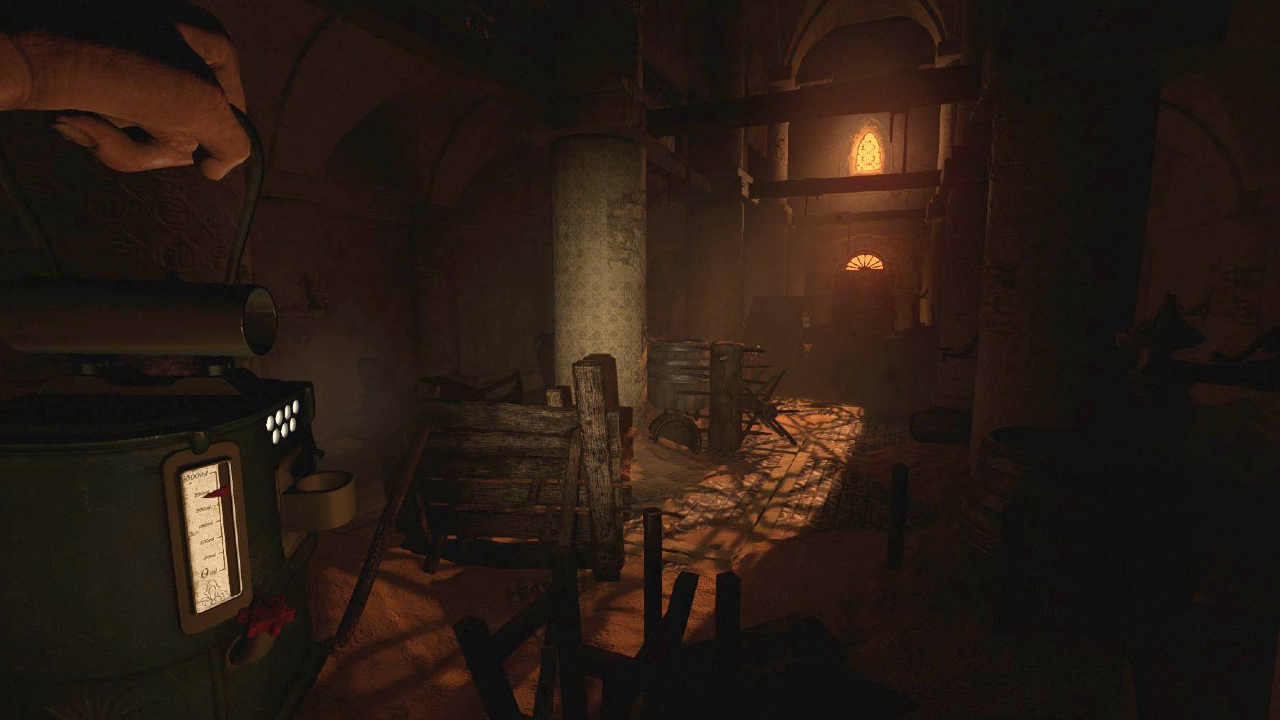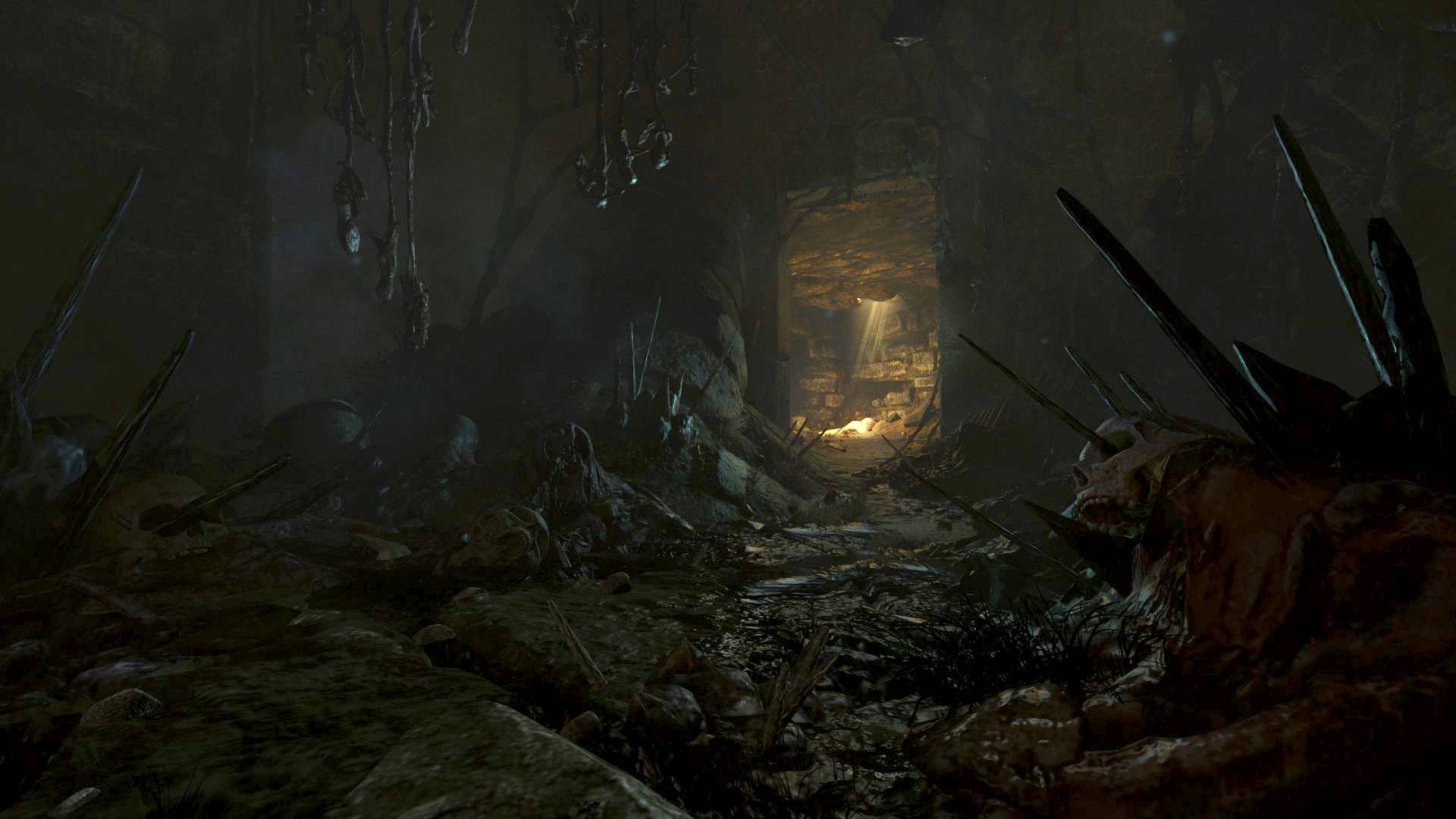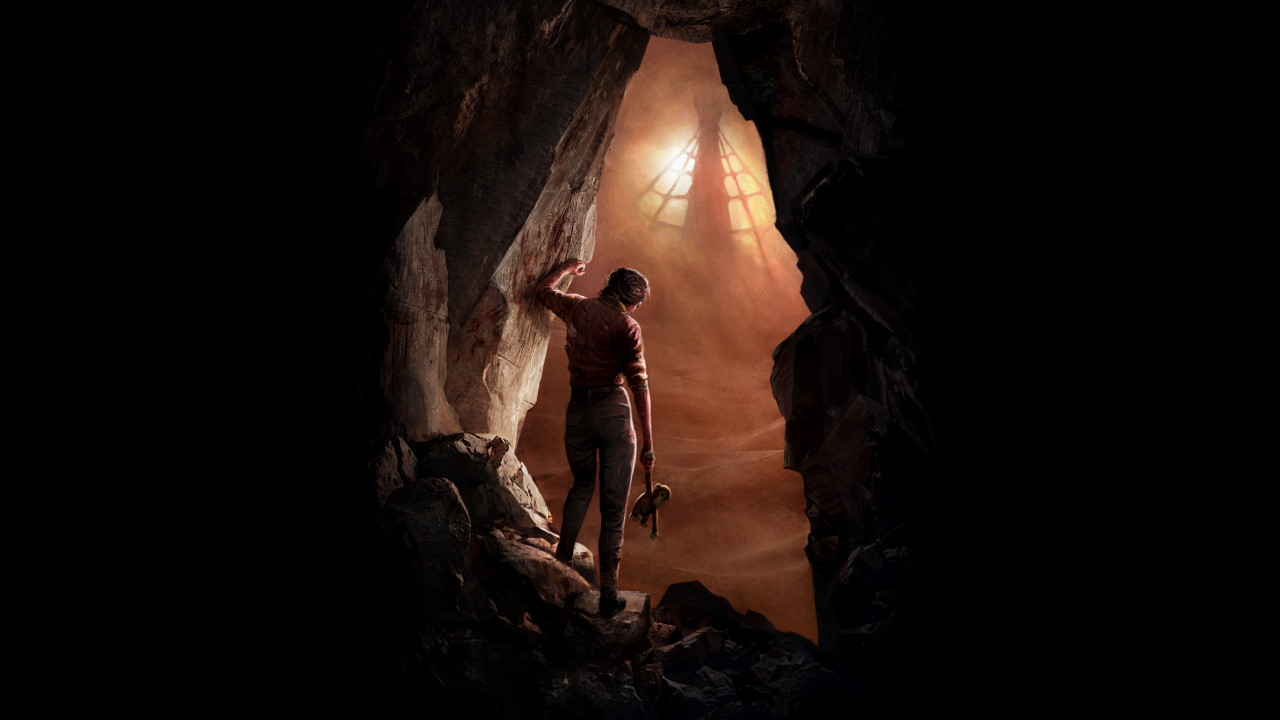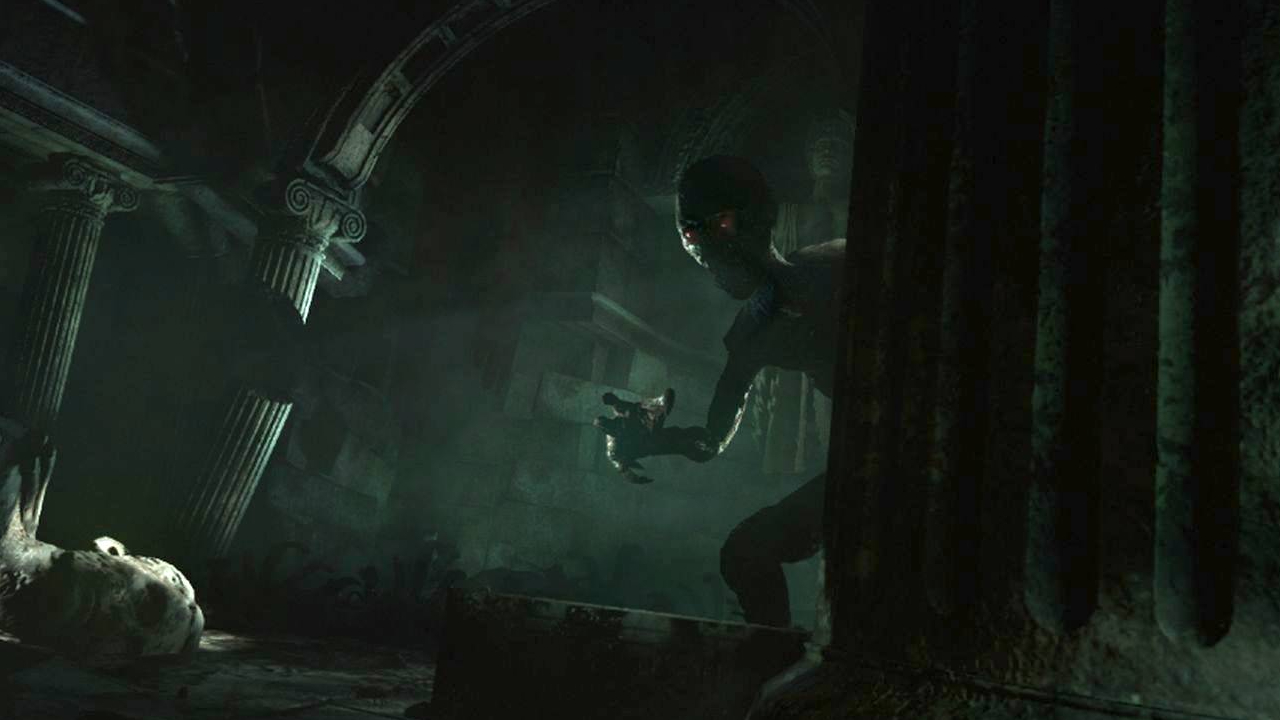GamesRadar+ Verdict
A dark and twisted piece of playable horror fiction that delivers a memorable story.
Pros
- +
Varied and engaging story
- +
Satisfying exploration and puzzles
- +
Horrible monsters
Cons
- -
Occasionally fumbly enemy encounters
- -
Horrible monsters
Why you can trust GamesRadar+
There’s nothing worse than a game where all the things you want to talk about would kind of spoil it for other people. The scant trailers and gameplay revealed for Amnesia: Rebirth have hinted at more than another lantern carrying creep through obviously death infested corridors, but developer Frictional has been quite clever in hiding its true nature. As a result, much of what I enjoyed here was desperately trying to work out what was actually going on - piecing together notes, encounters, and the evidence of my own eyes to understand what it might all mean and where it was leading.
Which leaves me with a problem: to explain what I enjoyed clearly, or to elaborate on the ‘ohhhh’ moments and sections where I want to say just how cool something was would rip the discovery away from you. You’d probably still enjoy Rebirth more than enough, but certain things have so much more dreadful wonder when they bloom through your own realisation.

Unpleasant surprise
Playing as Tasi, the amnesiac survivor of a 1937 plane crash in the Algerian desert, this trail of discovery begins exploring what appears to be a Foreign Legion fort in search of rescue and other survivors. From the start it subverts expectations - especially for a series built on wandering spooky corridors for a door to open. Instead, the intro places you in a desert full of space and sunlight as you poke around trying to work out what happened. The corridors are still there but there’s a lot more space and variation mixing things up between them. It’s a welcome change in a genre like horror, so often built on tropes and cliches, to mess with the formula just enough to leave you unsure. Everyone loves a jump scare but uncertainty is an eroding, niggling doubt that never lets you feel entirely safe.
There are still plenty of dark corridors and jump scares. It’s just that there’s definitely more texture to the experience - as well as creeping around corridors fearing for your life, there are more narrative stretches, often involving interesting puzzles. It’s not quite walking sim territory but there’s plenty of spaces where just being there is part of the story, taking in the environment to work out what it means. Not to mention the more familiar notes you can find and read to fill in both yours and Tasi’s blank spots. There are multiple areas where I got completely sidetracked trying to piece together the stories and events that led to what I found.

Light the way
It’s still a spooky corridor game at heart though, and when those moments arise anyone who’s played an Amnesia game before will recognise the drill: you’ve got a limited supply of oil to power a lamp, and matches to light torches and candles as you explore. It feels a little more generous than previous games in the series, where you really had to choose between light now or losing your mind in the darkness later. Here, while oil is still a relatively precious commodity that prevents you jamming your lamp on at all times, matches are more prevalent - you can light lanterns and other sources of illumination almost as progress markers through a level here - your route marked by the comforting light you leave behind. Not that it makes things any easier, though, as it just emphasizes the darkness ahead you still have to deal with.

And darkness itself is almost the real enemy - a fear mechanic means spending time away from light, or looking at horrible things, chips away at your sanity. It causes black tendrils to cloud your view, as flashing visions pop on screen with jutting noises that are scares in their own right. Fail to escape the source of the fear and you’ll die and do-over. It’s a great idea, although perhaps not always clearly executed as it needs to be. The first time you flail around in the dark as your vision starts to fail it is A PANIC. A few hours in, though, you start to realise that you can actually endure quite a lot of madness (2020: The Game) and surviving becomes more a pressing need than a desperate one. It's still stressful, the noises - like popping, boiling tendons - is anxiety made sound, and while the fear of failing weakens over time, the stress rarely does.
Even once you get used to it, the whole ‘looking at nasty stuff makes you go mad’ thing continues to make monster encounters a far more tactile experience than the usual stealthy creeping. Just seeing a creature can affect a fragile psyche, already shaky from hiding in the dark to avoid detection. That means you have to navigate past danger with furtive glances and peaks, balancing the need (and occasional want) to see the bad thing with the damage you know it’ll do. It makes the creeping more desperate and risky, as you trade some of your character’s mental wellbeing for a quick safety check to see which direction is best to NOPE off into.
Monster mash
The monsters are horrible as you might hope. They gibber and twitch, or lunge through the darkness searching you out. It’s the sound design that sells it though, especially as you so rarely get a good look at them. There are throaty, guttural vocalisations and screeches to accompany the footsteps, with an emotional range that touches on anguish at times and just generally makes you want to be as far away as possible. I was worried that this might fall into a familiar horror game trap where, after the initial scares, you get used to being caught and it just becomes another way to restart a level. However, it feels like Frictional has tried to address this issue: there are corridors with monsters in, but there are also other things to make sure you don’t really get a chance to relax - sudden changes in pace, or varying setups that lessen the chance of settling into a less threatening rut. There are surprises, and at least once in the game I opened a door, muttered ‘Fuck, no’ to myself, and closed it.

A lot of unpleasantness is environmental too, meaning even without any direct physical threat there’s a constant creeping sense of unease around. The story goes to some dark places, which is reflected in the areas you find yourself in. Whether that’s stumbling into some unholy mess that explains what happened via body part placement, or just… baaad rooms. Really bad rooms. Even some of the puzzles veer into unpleasant concepts at times, but whether it’s a nightmare or not there’s always a pleasing physical solution that rewards investigation and logic. You’ll be looking around for clues or things to manipulate as you piece it all together and even minor tests have a pleasing coherence to them - pulling out loose railings to make room for something, say, or working out exactly how to break through a loose floor. It’s less about finding arbitrary items that act as a key to progress and more about seeing what you have around that looks like it should work.
Frictional has spoken about the idea of using its experience from previous Amnesia games and Soma (which is brilliant and, conceptually, one of the most upsetting games I’ve ever played) to avoid the usual horror game pitfalls, and it has succeeded to some extent. It’s not always perfect - there’s a fumbly monster encounter here and there, and the ending wasn’t quite as satisfying as I was hoping - but the journey was great. It plays with a lot of Amnesia lore in a very definitive way (Amnesia: Origins would have been a more accurate sub-title if it wasn’t consigned to the scrap heap of tired old naming cliches), but it does it in a way that doesn’t matter if you haven't played the old games. More importantly, it avoids getting complacent. There is enough gameplay, setting, and narrative surprises to freshen your palette before it tires out too many ideas. It’s the closest I think I’ve got to a horror story you play, rather than a game, and it’s that that kept me glued to progressing. I wanted to know where it was going, if my guesses were right, what happened to people and what might happen to Tasi. At times it had the feel of a playable page-turner, and one I had to see through to the end.
Amnesia: Rebirth will be released on October 20 on PS4 and PC.

I'm GamesRadar's Managing Editor for guides, which means I run GamesRadar's guides and tips content. I also write reviews, previews and features, largely about horror, action adventure, FPS and open world games. I previously worked on Kotaku, and the Official PlayStation Magazine and website.



